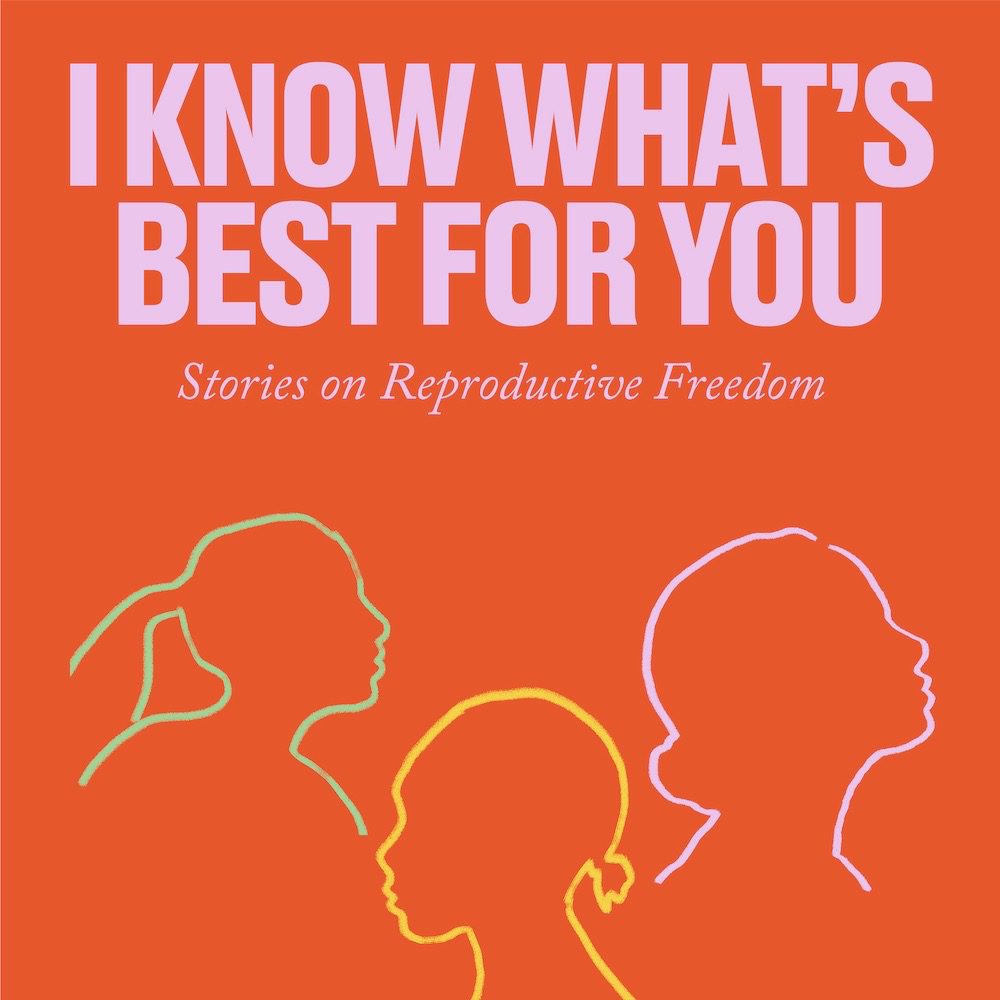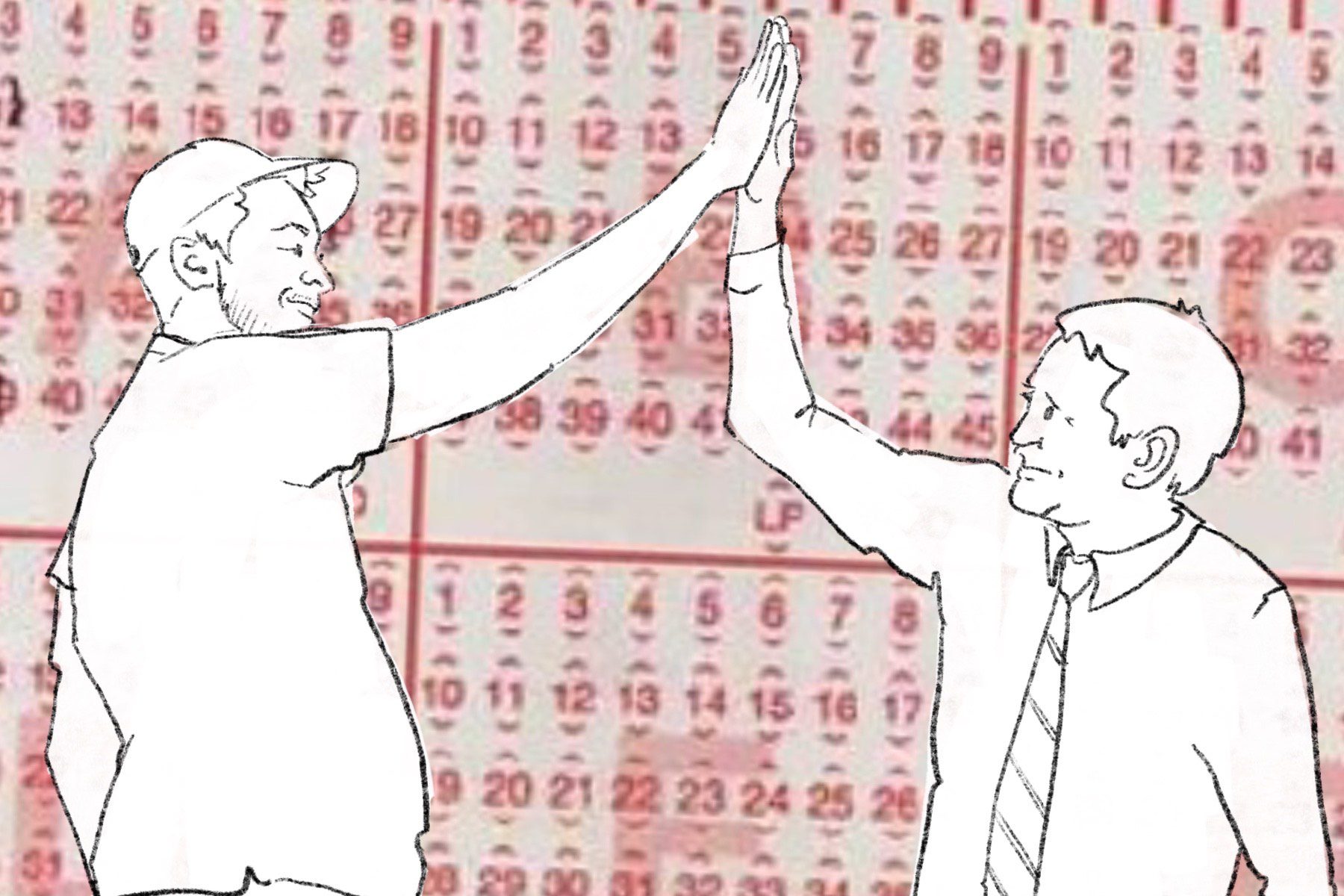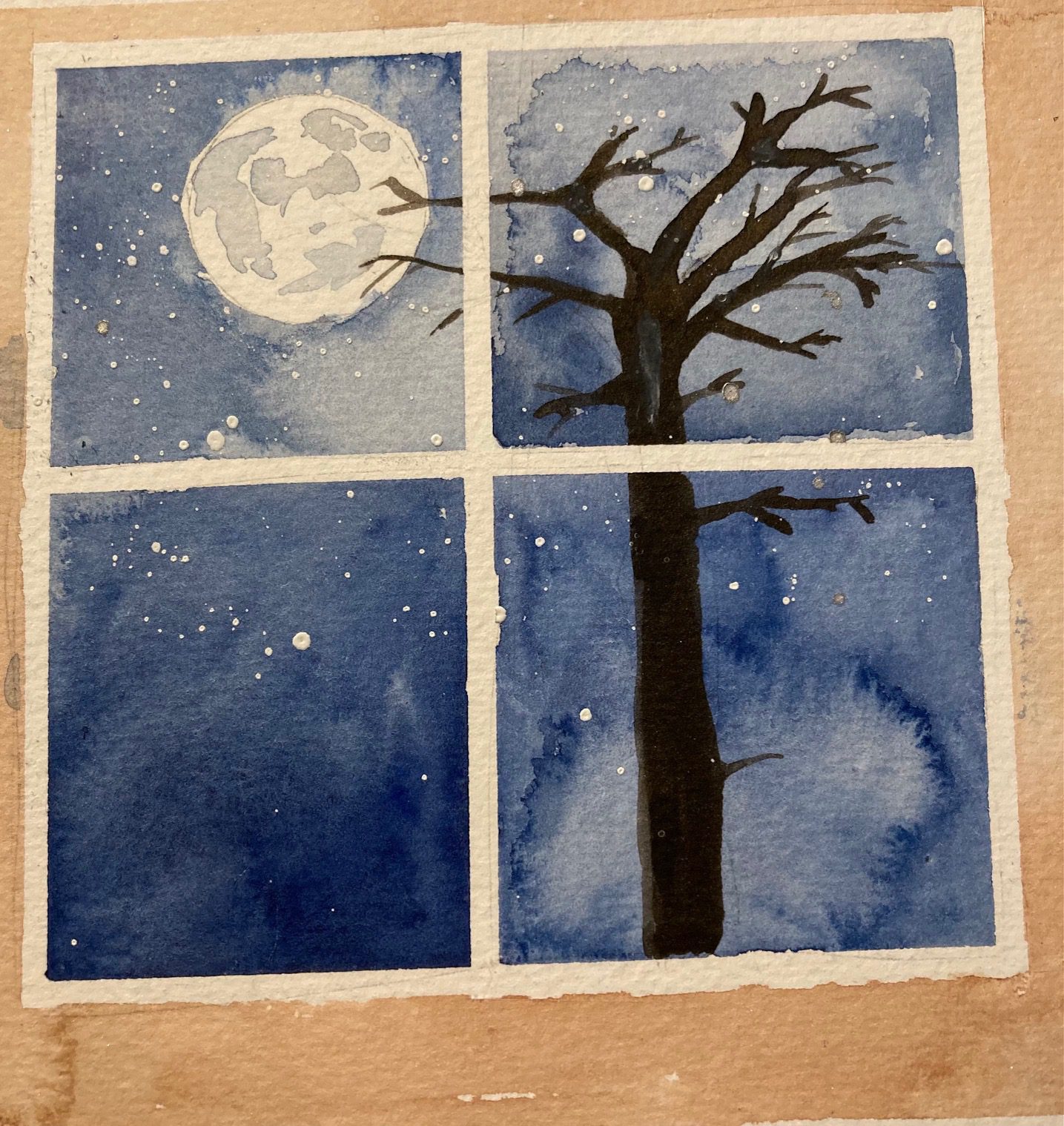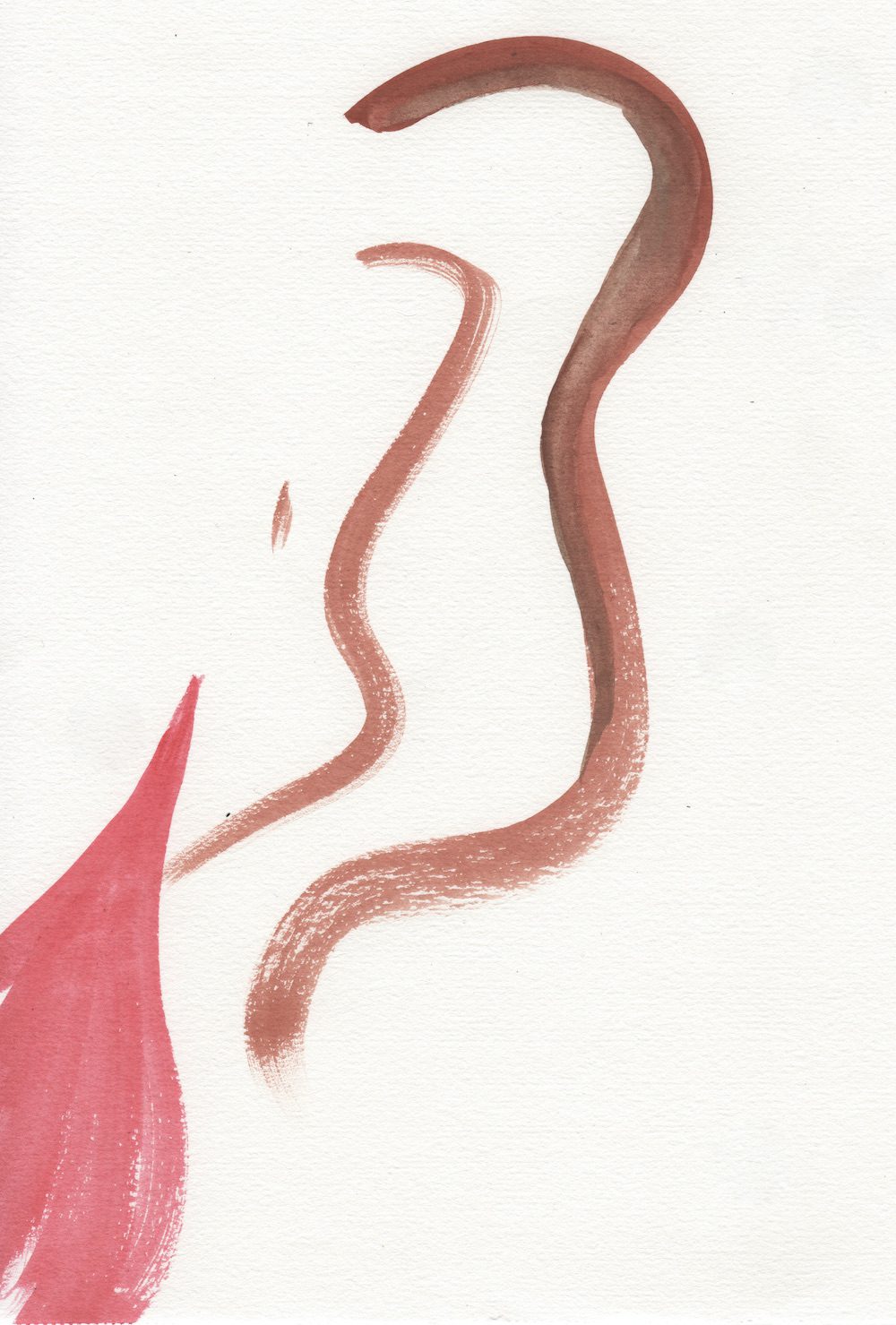In July, 2010, I delivered a keynote address at Goddard College’s MFA Writing residency in Port Townsend, Washington, on the theme “Composing the Wilderness.” This essay is included in an anthology of addresses given by Goddard College MFA faculty, to be published in early 2011. Following is the essay in full.
Fifty-five miles north of Seattle, just off Interstate 5, on a seven-acre tract of land that included a pasture, two ponds, and a forest contiguous with dozens more acres of woodland, was my childhood home. For decades the previous owners of our property had used one of the ponds as a garbage dump, tossing appliances, household trash, and dairy farm equipment down the hill beyond a rowdy patch of rhododendrons. For thirty years my father cleaned up the property, making frequent trips to the garbage dump and clearing swaths of brush, which he piled in great mounds and delightedly set ablaze. I played in the overgrown ruins, digging through layers of moss and underbrush to unearth glass bleach bottles, cutlery, ceramic cold cream containers, spools of barbed wire, even the hood of a Mercedes Benz. I stashed these treasures in an old Darigold refrigerated train car which I referred to as my “lab,” where we also kept hay for our sheep. I spent summers eating fruit and berries that grew on our property and reading science fiction novels in the trees. Sometime during junior high I started meditating in the woods, though I didn’t know to call it that. I would cross the yard, step through the border of Douglas firs, and find some soft, needle-carpeted spot to stare into space and let my mind go empty. Everything I now think about nature and technology rests upon these formative experiences in a zone between what is grown and what was once manufactured, between the wild strength of a sapling and the relentlessness with which rust returns an artifact to the soil.
When my parents sold the property in 1999 in the same month I got married, I grieved. I understood their rationale for moving but lamented their leaving the acreage where so much of my imagination had taken root. By this time I had embraced an urban life in Seattle. In retrospect, my move to a city had always been a foregone conclusion. Around age ten I came upon an illustration in a magazine, of Lewis Carroll’s Alice, her body composed of gears and cables, monitors and spools of print-out paper. This captivating image was captioned “Alice in Technology Land.” I asked my mother what technology meant, and while I can’t remember her response, I do remember thinking it was a profound concept I would need to pay attention to the rest of my life. By the time I was twenty-five I had picked bulbs in tulip fields and managed a customer database in an office park. I’d watched lambs being born and stock prices spike into hundreds of dollars per share. It’s the places where what we erroneously call the “natural” and “man-made” worlds comingle where I felt most at home.
When I was an undergraduate ice cream man peddling Fudgsicles in the suburban grid I fixated on a mathematical object, the hypercube, also known as the tesseract. A hypercube is a four dimensional object represented as a cube within a cube. These two cubes are in flux. As the inner cube grows, the outer cube contracts, until they trade places. The cube that was once the content becomes the context, and vice versa. I had been fascinated by this figure since a high school math teacher woke me from my usual fifth-period nap by drawing it on the board.
During the requisite sophomore phase of Salvador Dali appreciation, I bought a print of the surrealist’s Corpus Hypercubus, which depicts Christ crucified on the net–or unfolded geometrical extraction–of a hypercube. This image led me to believe that certain human constructs—religion and media in particular—had overpowered the experience of being an individual body in the throes of perception to the point that these constructs, rather than our individual, perceptual selves, were the frames within which we comprehended and measured reality. What was a television set sitting in a house if not one recontextualizing cube within another? When I hear of meteorologists getting stopped in the street and blamed for storms, or of virtual goods in video games being purchased with actual money, or when I read Don DeLillo’s prescient White Noise in which a family’s sense of urgency during an environmental catastrophe is framed as a struggle to comprehend sudden, unmediated reality, then I feel as if the screen has passed through my body and can no longer be contained by my consciousness. Rather, my consciousness operates within the machinery of the representational.
While keeping the hypercube in mind, I was also obsessed with a diagram of three concentric circles I drew in my notebook whenever the ice cream sandwiches ran out. The center circle I labeled “technology.” The middle circle I labeled “humanity.” And the outer circle I labeled “nature.” The content of technology could not exist outside the context of human invention. The content of humanity could not exist outside the context of nature. Hence technology, regardless of whatever destructive properties it might possess, was a natural phenomenon. Our notion of the “artificial” was itself an artificial distinction.
What if we were to combine these models, then? What if this nested model of nature, humanity, and technology were granted the dynamic, recontexualizing properties of a hypercube? Might we then imagine a reality in which humanity encompassed nature within consciousness? Or in which technology became the contextual framework for humanity? This led me to the works of writers like Bill McKibben, Neil Postman, Marshall McLuhan, Sven Birkerts, and Jean Baudrillard.
In the alarmingly titled The End of Nature McKibben compares a day in the woods to a day’s worth of cable television, pitting the inanities of infomercials against the sublime pleasure of skinny-dipping beneath the stars. Postman, in the years before the raging hardon of the World Wide Web, laments the tendency of digital culture to turn us into distracted, agitated, dumbed-down creatures. Baudrillard, whose works inspired the popular Matrix franchise, spoke of the negation of the concept of reality, of life that passed through a series of simulations with no originals. McLuhan, the giant in the field of media studies, informed my emerging comprehension of the Internet by suggesting that the content of any new medium is an old medium. And Birkerts, in his book The Gutenberg Elegies, defined the battle lines between the literary culture I loved and the digital culture that was exerting a greater pull on my attention. Most of what I attempted to absorb in these and other works went over my head, and I oriented my understanding to what was artistically interesting rather than what struck me as particularly applicable. I kept circling around questions about the White Noise mindfuck of the televised, as office towers where the next decade’s technologies percolated rose amid salmon streams and vine maples.
As a kid in the woods I fantasized about what I would do to survive the wake of global nuclear catastrophe and I have been haunted throughout my adulthood by the intertwined threats of climate change, overpopulation, and pollution. I can never remember a time when it hasn’t been an article of faith that humanity’s technologies are capable of destroying life on earth and that this process is well underway. The suspicion that planet earth is completely, irrevocably fucked and there’s nothing we can do about it is a sentiment my generation has become cozy with. It’s the comforting pessimism I reached for to protect my heart from sinking completely as I watched streaming footage of oil streaming into the Gulf of Mexico. The we-put-a-man-on-the-moon confidence in technological solutions gets dusted off once again in order to once again be proved misplaced. We find ourselves perplexed that, while our faith in the redemptive potential of our ingenuity remains unshaken, we’re impotent against global market capitalism’s unyielding demand that we make more things cheaper in order to make fewer and fewer people wealthier. We sense that this is killing us and yet privately we know there’s absolutely nothing we can do about it. We’re like an insane psychiatrist attempting to devise for himself a cure.
In a sense we’re all on some point in a sort of Kubler-Ross continuum when it comes to the death of our species on planet earth. Fringe Christian dominionists scoff in denial at the overwhelming scientific proof the human race is changing the temperature of earth while simultaneously insisting that it is our divine right to do so. I’ve heard Tea Party rallies chant the word “bullshit” in response to inquiries as to the veracity of climate science. While those on the politically conservative side of arguments about climate change cultivate their scoffs in protective, willful ignorance of a problem too terrifying to confront, those on the left pull the old religious tools of guilt and the assumption that human beings are ultimately sinful as they scold. On the bargaining side of this ideological divide, I’ve been shamed into using only one napkin at Whole Foods, to which I bring my own bag made of recycled plastic bottles. I’ve also heeded the admonitions of rock stars who want me to use a different kind of light bulb.
What I’m prepared to argue is that this scoff and scold dichotomy is destructive, and both positions are based on certain assumptions rooted in our inability to think within the contextual framework of a dynamic nature/humanity/technology hypercube.
For the climate change deniers, theirs is a rebellion against their own neocortexes in which their capacity for rationality presumably lies. It is a natural, burrowing reaction that allows these people to not become paralyzed in an increasingly alarming, maddening, confusing civilized world.
Those on the progressive left, who have come to grasp the empirical reality of our changing planet, simply apply the same narrative template of victim vs. antagonist they apply to any number of problems involving groups and classes of human beings. In a fit of anthropomorphizing egotism we’ve managed to project our own victimhood complexes onto the entire planet. The environmental movement, broadly speaking, has relegated earth to its own category of aggrieved minority, even granting it its own “day.” But self-loathing isn’t going to return the climate to mellower temperatures. Farley Mowatt, whose Never Cry Wolf became a film I watched with some reverence as a child, once said that if he had the chance to press a button and erase human beings from the planet, he would not hesitate to do so. Alan Weisman’s fascinating nonfiction book The World Without Us imagines what would happen to the planet in this very scenario. How long would our buildings stand? How long would it take before our bridges collapsed and our subways filled with flood water? The subtext of many works of post-apocalyptic speculation is to symbolically punish civilization for its transgressions against this category of reality we call nature. Human selfishness and greed are extrapolated into the most dystopian futures we can envision. But could it be that these compelling warnings fall short in their accusations? Might it be that instead of being too greedy and selfish, we, as a species, are not being greedy and selfish in the right way?
If we can agree that technology exists within the realm of human invention and that humanity exists within natural law, and that therefore technology is natural; if we can dispose of the naturally artificial distinction between “natural” and “artificial,” then we can argue that whatever happens to the planet bears no moral value outside that which is relative to our health as a species.
Consider the classic idealized American landscape painting of the Hudson River School of the 19th century, the Albert Bierstadts and Thomas Morans. The vast canyons and meadows touched by shafts of sunlight, the glistening brooks, the abundant foliage and meek little cabins set amid breathtaking Arcadian splendor. What makes such a landscape beautiful? What makes it beautiful is that it looks fit for human habitation. In the art world of flesh eating bacteria, all the paintings depict necrotic human limbs.
I confess to having a rudimentary at best science education, but I profess to be an expert on how to use language, and the language of the progressive environmental movement is hobbled with assumptions. First, we conceive of “the earth” as a place outside the sphere of our daily lives. We speak of “saving the planet” as if the planet is not in our living rooms, our bodies, our cars, our computers and roads. More laughable is the idea that our products can be “earth friendly,” one of the most patronizing phrases ever slapped on a roll of toilet paper. The word “sustainability,” which has gained currency in recent years represents something between the denial and bargaining stages of the Kubler-Ross process of grieving, applied to a planetary scale. What can “sustainable” mean when the history of our planet involves several eras of mass extinction?
The question isn’t whether the planet is changing. The question isn’t whether we’ve caused that change. Those questions have been answered. The real pressing question is why. Not why in the scientific sense, but why in the philosophical sense. To what end are we changing the planet?
Environmental thought can be divided into three broad categories with an emerging fourth—preservationism, restorationism, conservationism, and inventionism. These ways of thinking about our planet with their attendant strategies can overlap, intermingle, and inform one another. Taken as a progression, they can be viewed as stages in a process of defeating the denial, fear, and self-loathing that understandably characterize how we feel about our earth.
The philosophy of environmental preservation, in seeking to keep “unspoiled” nature as it is, draws a distinct line between humanity and nature. Beautiful landscape paintings serve as preservationist pornography, both inviting us to imagine ourselves situated within their frames while disgusting us with the implication that our entry would spoil the “natural” splendor on display. Conservation seeks to manage resources in order that they not be completely depleted. Meanwhile, the restorationist philosophy seeks to restore to its former condition land that has been spoiled by human beings. Examples of successful restorations, such as once-dead lakes that now teem with fish, reward our faith in our own ingenuity and make us feel a little less hopeless that our ecosystem is irreversibly screwed. Restoration ecology ceases to make sense when it presupposes a static state to which a landscape can return. If nature is a system of fluctuations, of an endless negotiation between eros and thanatos, of forest fires caused by lightning, pandemics, and volcanoes paving what once was jungle, then to what “natural” state can a meadow, a river, a mountain top be restored? Perhaps restorationism’s motives are at their most noble when biodiversity, nature’s way of hedging its bets, is the ultimate goal.
In the last twenty years or so, a new idea called inventionism has flickered on the edges of environmental philosophy, explored in such places as a collection of essays published in 1994 called Beyond Preservation: Restoring and Inventing Landscapes. Inventionism suggests that we must graduate from a purely reactive orientation to environmental catastrophes and geo-engineer ourselves a more biologically diverse planet. We must apply the full intellectual breadth and philosophical depth of our nature-made brains and, in effectively managing the environment of planet earth, learn how we might terraform other planets and spread life broadly beyond our star. I happen to believe that we live at the pivot point when civilization, for too long organized by warring religions, is beginning to slowly cast aside those distinctions in order to realize our new purpose, to become stewards of life that will teem elsewhere in our universe long after our shadow has faded.
For now, though, we struggle, confused about the things we call nature, humanity, and technology. Our passivity is our enemy, and the old ignorant scoff and righteous scold paradigm promises the same inertia. If we can begin to think of the earth, the human race, and technology as one, if we can obliterate these old distinctions rooted in dogma and consider that we are the way the earth is figuring out how to keep the seasons coming in their dramas of ice and flowers, then perhaps we can begin to look at the wilderness not as a place from which we’ve been exiled, but as something that we can compose.
***
Delivered Summer, 2010, Port Townsend WA




